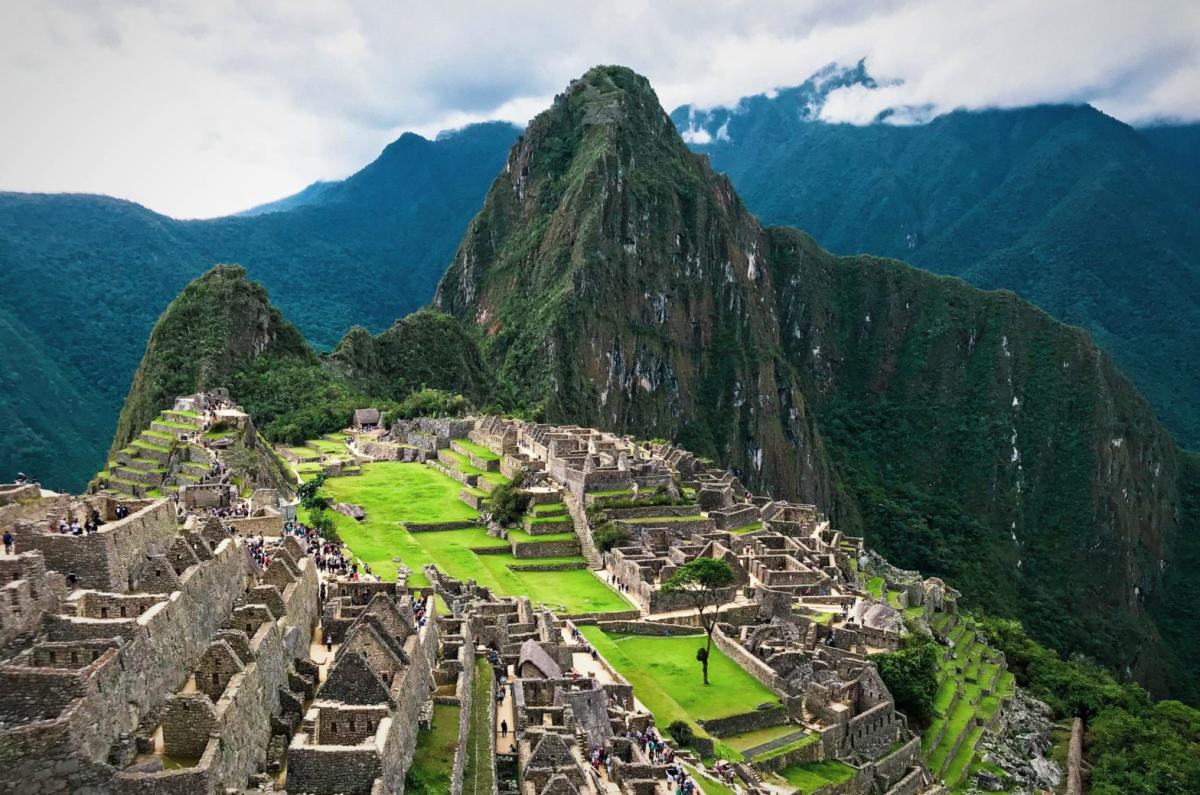The end of an era? Machu Picchu closed due to civil unrest in Peru
If you planned to visit Machu Picchu in Peru anytime soon, you may not get this opportunity in light of recent events.
Violent political clashes have endangered the safety of residents and tourists in Peru. As a result, authorities have closed the site until further notice.
This Inca wonder has fascinated for years and is probably Peru’s most famous site. People wandered through the ruins and climbed Mount Machu Picchu. Risk takers have conquered the narrow and steep steps of the Huayna Picchu mountain, otherwise known as the “stairway of death”.
“Machu Picchu was a royal domain or a sacred religious site for the Inca rulers,” explained Story. “For hundreds of years, until American archaeologist Hiram Bingham came across it in 1911, only peasants living in the area knew of the abandoned citadel’s existence.”
The name means “Old Peak” or “Old Mountain” in the Quechua language. The Incas built it long before the invention of cranes and other construction machinery. Similar to the pyramids of Egypt, they managed to do this with disconcerting efficiency.
According to Machu Picchu Gate, the Inca “places the stones so that they fit together without mortar, and you can’t even put a piece of paper between them”. In addition, the stones are very heavy. This begs the question: how could they have moved them? The answer is a lot of chiseling, pure and almost superhuman strength.
Machu Picchu has attracted hundreds of tourists, willing to risk the crowds and the elements for a chance to get that fantastic Instagram photo, especially when the sun casts a yellow, orange and red glow on the stone monuments or when the fog is coming.
Here’s everything you need to know about Machu Picchu and the civil unrest in Peru.
1. What happened?
According to BBC“the violent protests, which left dozens dead, began when the former Peruvian leader was ousted.
Additionally, protesters damaged train tracks, forcing authorities to suspend service.
More than 400 people “found themselves stranded in Machu Picchu”, according to Luis Fernando Helguero, the Peruvian Minister of Tourism.
Those with Machu Picchu tickets can get a refund or credit for using them. The credit is only valid until one month after the end of the demonstrations.
2. Were the blocked people able to get out?
Yes, finally.
The Ministry of Tourism “announced that 148 foreigners and 250 Peruvians have been safely evacuated on trains and buses”.
This is not the first time that tourists and locals have been stranded due to conflict in the country. In December, visitors stuck in Machu Picchu had to be airlifted.
3. What is happening politically in Peru?
Residents reacted angrily to the election of the new president, Dina Boluarte, who is the first woman in Peru to hold the post. Before becoming president, she was vice-president.
CNN reported on January 20 that Boluarte had pleaded for an end to the violence, which was mainly taking place in the capital Lima.
“Once again, I call for dialogue, I call on these political leaders for calm,” she urged. “Having a more honest and objective view of the country; let’s talk.”
4. Protesters are not moved
The BBC reports that “protesters are demanding new elections and want Boluarte to stand down, which she has so far refused to do.”
They want former President Pedro Castillo released from prison.
The BBC explains: “Castillo is in prison and faces charges of rebellion and conspiracy, which he denies. He insists he is still the rightful leader of Peru.
According to some reports, the police response has been ruthless. They used tanks, helicopters and tear gas to bring the crowd to heel.
NPR interviewed a young man who said: “We are outraged by this. The only thing the government does with these detentions is to escalate tensions. When the population finds out, it will react more radically.


Comments are closed.